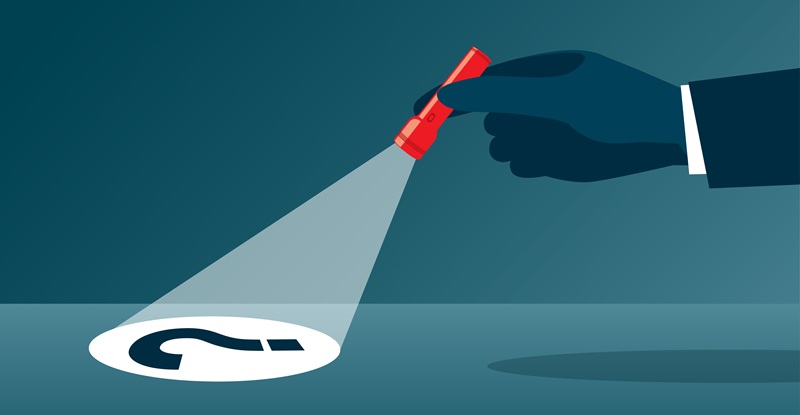-ways-to-reduce-email-volume-Newsroom-Image.jpg?ext=.jpg)
In our podcast episode, Ann Gomez, founding president of Clear Concept Inc., chats with Leah Giesbrecht, communications specialist at CPABC, about techniques you can use to safeguard your time, increase your focus, and boost your productivity. Part of our Coffee Chats with CPABC podcast series.
You probably know this already – but you may be getting too many emails. If this resonates, you are not alone. When your inbox continues to grow, despite your best efforts to whittle it down, you may need to reduce the incoming volume. After all, email is not meant to be our work – it’s how we get work done.
Thankfully, there are ten simple but effective ways to reduce email volume, take control of your inbox – and leave some room for inspiration in your day:
- Avoid email conversations
Many people use email in lieu of conversations. They bounce messages back and forth when they really should have a short Zoom call or pick up the phone.
Email conversations are inefficient. Email is designed to transfer information. Complex and charged topics need to be discussed. An email conversation perpetuates the flawed expectation we need to be online all the time. After all, we don’t want to ignore people who are trying to connect with us. But this constant stream of email prevents us from protecting blocks of time for focused work.
Use the rule of three to help gauge when you are slipping into email conversations. When an email has bounced back and forth three times, it is time to pick up the phone.
- Cut back on ccs
One of the biggest pet peeves people have regarding email is being needlessly copied. This quickly turns into email overload when everyone on the team follows suit.
There are better ways to stay updated. Schedule regular status meetings and establish clear expectations about who is doing what. Foster trust among your colleagues and encourage them not to copy you simply to let you know something was completed. It’s the equivalent of saying, “Look – I did what I said I was going to do!
- Focus on fewer projects at a time
Every project we are working on has associated emails. The math is simple here. The more projects we have on the go, the more emails we receive (and the more meetings we attend). Ironically, the more projects we try to tackle at once, the less we accomplish.
Focus on completing your top priority projects and then move on to the others. This approach will allow you to tackle more projects over the long term and better manage your email – and your time – in the process.
- Delegate more work
If you have too much on your plate and you cannot defer some of the projects, invest in training someone to help (when possible). You will still need to be involved but to a lesser extent.
- Use the one-touch principle
Avoid reading each email multiple times. This adds redundancy to your day, which can easily add up to several weeks each year. This also clogs your inbox, delays responses, and leads to additional follow-up emails.
The one-touch principle is a huge time-saver when it comes to email. Adopting this habit may not change your email volume but it will change the perceived volume. Incoming emails are simply easier to stay on top of when we adopt this productivity principle.
Focus on processing your email sequentially, in batches. Commit to only reading any email one time. In other words, any time you read an email be prepared to act on it.
- Set up email rules
Email rules can automatically filter specific types of emails into folders so you can batch process them. For example, emails from certain people or emails with specific subject lines can be automatically routed into folders to be processed later. A nice trick is to automatically route any emails you blind-copy yourself on into a “follow-up” folder.
Caution: Rules are only helpful if you are disciplined about checking the associated folders. I used to have all sorts of blogs automatically routed into a “reading” folder. Guess what happened. I never checked the folder! Now I have all of the blogs come into my inbox. I try to quickly scan them during the day, delete if the topic doesn’t interest me or if the volume gets too much.
- Hold regular one-on-one meetings
You need regular, one-on-one meetings with each of your team members. If you don’t have this protected time, they will have no choice but to email you more often. Make sure to protect enough time for your team. Encourage them to save what they can for your meetings (while still emailing you in between as needed).
- Avoid micromanaging
Challenge your team to identify solutions and come to you only as a sounding board. Leave the ball in their court more often and you’ll find you get fewer emails.
- Make use of internal sharing sites
Many times, common documents are emailed back and forth between team members. This adds to inbox overload and creates confusion as to which version is the most current. It is much more efficient to have these documents saved on a central site for all to access. Most company servers offer this.
- Unsubscribe
We need to question the value we are getting from all of our subscriptions. If you find yourself consistently hitting “delete”, simply unsubscribe.
Email is a powerful tool and it can make life easier. Hopefully these tips help to reduce your email volume and free up some of your valuable time.
Ann Gomez is the founding president of Clear Concept Inc., a global training organization. She’s passionate about helping people do their best work at all stages of their career and offers compelling and practical insights about productivity, collaboration, and mindset.



